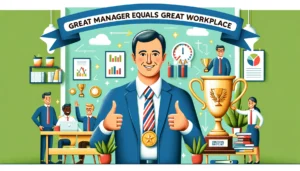Editor’s letter: Identifying leadership and management issues engages the workforce
- 3 Min Read
It is becoming increasingly conclusive that management and leadership have a significant effect on the productivity of an organisation’s workforce.
- Author: Owain Thomas
- Date published: Sep 15, 2016
- Categories

It is becoming increasingly conclusive that management and leadership have a significant effect on the productivity of an organisation’s workforce.
This is probably not that surprising to most people, let alone experts in HR – it seems fairly intuitive.
That the evidence for it exists and is growing is very reassuring.
I expect that most of those people who have made it to senior leadership positions understand their impact on the wider workforce.
But there are concerns that those located in the upper echelons of businesses can become disconnected, detached and unaware of their employees’ issues.
As a result, it can do no harm to give a firm reminder to every leader concerned that they (and their management teams) do take responsibility for each product sold or (perhaps more importantly) unsold, each new idea created or ignored, each process improved or left to stagnate.
Philips’ five keys for completing major change programmes
Vicious circle
It is easy to see why an ‘ordinary’ employee could become less productive. If they feel their immediate or senior management does not care about them or does not understand the key issues driving the business on a daily basis, why should they reciprocate?
‘The executive earning 100 times my salary appears to not care about the standard of their work – why should I care about mine?’
From there on it is a very slippery slope through demotivation, disinterest, disengagement and potentially into full-on negative engagement.
Of course this could also become a positive situation: imagine the success that recognition, appreciation, and motivation could achieve.
And if employees see that managers are seeking to address their shortcomings, it will encourage staff to do the same.
Diverse problems
The solutions recommended are not particularly new to HR professionals – effective succession planning, talent identification, recruitment, retention and reward.
However, the problems and situations in which these are likely to occur are far more diverse than many may expect, especially on an international scale.
As the authors noted: “The evidence from this review strongly suggests that management and leadership capability is a key driver of organisational performance, and far from being a mysterious and complex construct open to subjective interpretation, and therefore difficult for organisations to define and improve, it can be clearly expressed through its practice where there is considerably more clarity and less contention over what good looks like.”
So perhaps the next time boardroom discussions change to how unmotivated or disinterested workers appear and how productivity has dropped, it may be worth looking at the management and leadership capabilities.









